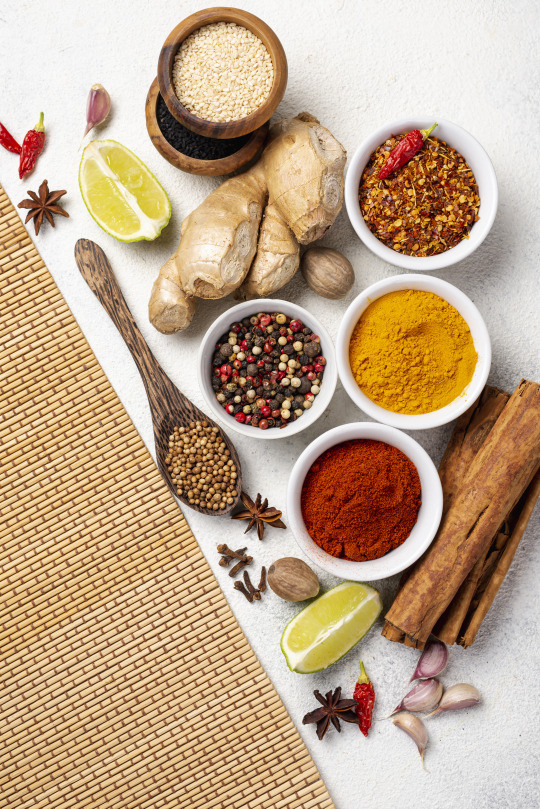Don't wanna be here? Send us removal request.
Text
Explore the lush landscapes, backwaters, hill stations, and hidden gems of God’s Own Country. From ayurvedic healing to spice trails, and houseboat cruises to wildlife adventures — our site brings you the best of Kerala with travel tips, guides, and handpicked experiences.
0 notes
Text
My Journey Through Kerala's Aromatic Heart
Walking the Spice Trails: Cardamom, Pepper & More
I didn’t expect to fall in love with the smell of cardamom. Or black pepper vines winding their way up ancient trees. But that’s exactly what happened when I went on a spice tourism trail in Kerala — and honestly, it was one of the most calming and fragrant experiences of my life.
It started in Thekkady, nestled near the Periyar Wildlife Sanctuary. I stayed at a small eco-resort that overlooked a valley of green — not just green, but that deep, lush green that only Kerala seems to do so effortlessly. The air was heavy with the scent of cinnamon bark, wet earth, and something mysteriously spicy.
On my first morning, a local guide took us on a walking tour through a spice plantation. “This is cardamom,” he said, crushing a pod gently between his fingers and letting us inhale its fresh, minty scent. I’d used it in chai for years without ever knowing how it grew — tiny pods hiding like secrets at the base of the plant.
We moved on to pepper vines, twisted and strong, climbing up tall silver oak trees. I actually got to pick some raw pepper berries (they’re green before they’re dried black!) and learned how Kerala’s Malabar region has been famous for pepper for centuries — even traded to ancient Rome.
But the real magic happened when we sat down for a spice tasting session. The guide brought out fresh nutmeg (with the beautiful red mace still wrapped around it), turmeric roots, clove buds, and dried ginger. We ground some spices by hand using a stone grinder, and I swear, the aroma was ten times more powerful than anything I’d ever bought in a supermarket.
Later that afternoon, I joined a spice cooking class hosted by a local family. We made a simple Kerala-style chicken curry using the very spices we’d collected that morning. Something about using those fresh ingredients — grown just metres away — made the meal feel deeply personal.
I also picked up a few things to bring home: a small tin of wild turmeric, dried curry leaves, and the freshest cinnamon sticks I’ve ever smelled. They packed everything in banana fiber bags — sustainable and very “Kerala.”
The best part? It didn’t feel touristy. It felt slow, real, and rooted in the land. I wasn’t just visiting Kerala; I was tasting it, breathing it, touching it with every sense.
If You’re Thinking of Trying Spice Tourism in Kerala:
Where to go: Thekkady, Munnar, and Wayanad are top spots.
What to expect: Guided walks, spice tasting, cooking sessions, and loads of local stories.
What to bring: A notebook (you’ll want to jot down recipes), comfortable shoes, and an open nose!
Best time: October to March, when the weather is cool and clear.
If you're ever looking to do something more soulful than sightseeing, I can’t recommend spice tourism enough. You come back not just with souvenirs, but with flavors and memories that linger — just like a pinch of cinnamon in warm milk.
Let me know if you've ever experienced something similar — or if you're planning to head to Kerala soon. I’ve got plenty of tips!
#keraladiaries #spicetourism #thekkady #travelblog #keralablog #plantationlife #slowtravel #ecotourism #indiaexplored #keralaexperience #personalblog

4 notes
·
View notes